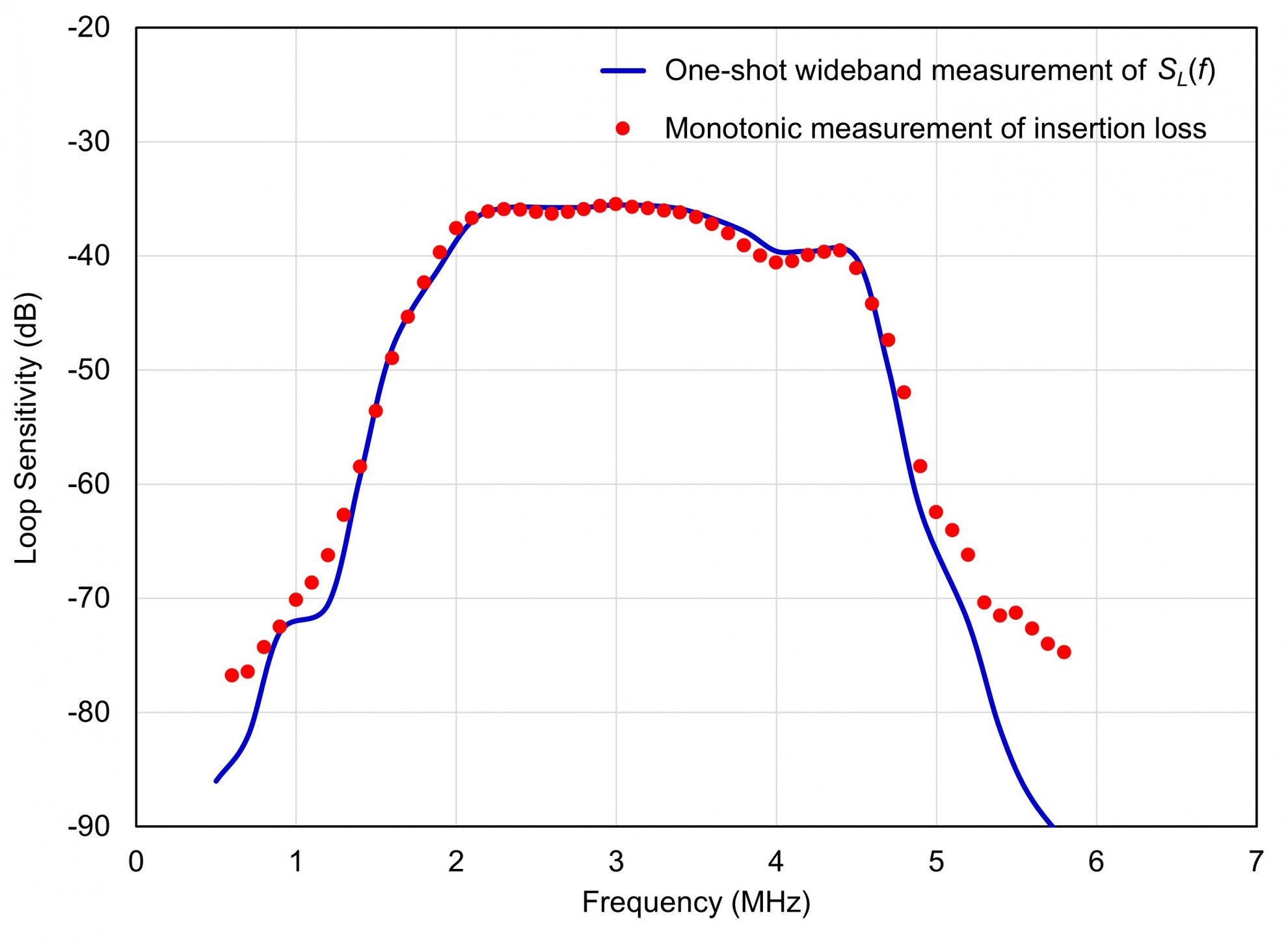Q&A
We list some frequently asked questions for customers' interests on ProCheck SC5 UTAS.
Q1: What does it mean that the normalized loop time response X(t ), wideband loop sensitivity SL(f ), and characteristic loop sensitivity SLC are intrinsic characteristics of the acoustic transducer assembly itself and are not dependent upon the measurement system?
A1: The intrinsic characteristics X(t ), SL(f ), and SLC of the acoustic transducer assembly are measurement system independent; more precisely, that is, the X(t ), SL(f ), and SLC do not depend on the drive signals of the measurement system.
A typical example of the intrinsic measurement for a given acoustic transducer assembly, in which nine employed reference drive signals, including 5 sets of negative-going unipolar pulses and 4 sets of positive-going unipolar pulses, resulting in the same intrinsic characteristics X(t ), SL(f ), and SLC is demonstrated as follows:
Q2: In the intrinsic characteristics of the acoustic transducer assembly, what does the term "loop" stand for?
A2: The term "loop" means that an acoustic transducer assembly transmits an acoustic wave out and the corresponding reflected echo wave is received by the same acoustic transducer assembly.
Q3: What does it mean that the intrinsic characteristics measurement for obtaining X(t ), SL(f ), and SLC is a kind of one-shot wideband measurement?
A3: In the intrinsic characteristics measurement, the "one-shot" means that a unipolar pulse with a short period of pulse width in the time domain is employed as a reference drive signal, and the "wideband" means that the reference drive signal of a unipolar pulse possesses a broadband of component in the frequency domain.
Compared with the conventional monotonic measurement of Insertion Loss, which is time-consuming and labor-intensive, the one-shot wideband measurement of SL(f ) is super-fast and the most effective, as demonstrated as follows:
Q4: What is the significance of the curve of characteristic loop sensitivity SLC along axial distance in the probe lens focusing characteristics measurement?
A4: The curve of characteristic loop sensitivity SLC along axial distance is an indication of the elevation focus and divergence in the far-field zone of the acoustic beam of the acoustic transducer assembly under test, as depicted below:
Generally speaking, the elevation focus and divergence in the far-field zone of the acoustic beam for a multiple-element array are determined by the acoustic membrane or acoustic lens of the multiple-element array.
Q5: Why is the optimum drive waveform signal B(t ) the most appropriate drive signal for acoustic transducer assembly in transmit-receive mode?
A5: The justification could be achieved by observing the insertion gain of the echo IGe of various reference drive signals. The insertion gain of echo IGe does depend on drive signals in such a way that, for a given acoustic setup, the insertion gain of echo IGe with optimum drive waveform signal B(t ) would be a maximum and tightly comply with the characteristic loop sensitivity SLC; otherwise, the insertion gain of echo IGe with other drive signals would be less than the characteristic loop sensitivity SLC.
For a given acoustic setup, the insertion gain of echo IGe with various given reference drive signals could be deduced by the drive-echo computer simulation, a typical example of which is shown below:

